I contact you in order to get an idea on "how to transform a flow shop scheduling problem" into a boolean satisfiability.
I already done such reduction for a N*N Sudoku, a N-queens and a Class scheduling problem, but I have some issue on how to transform the flow shop into SAT.
a SAT problem looks like this :

The goal is : with different boolean variables, to find an affectation of every variable in order to make the "sentence" true. (If finding a solution is possible).
I create my own solver with genetic algorithm able to find a solution and to prove when there is none. And now, I try it on different NP-problems, like Flow Shop.
Flow shop scheduling problems are a class of scheduling problems with a workshop or group shop in which the flow control shall enable an appropriate sequencing for each job and for processing on a set of machines or with other resources 1,2,...,m in compliance with given processing orders.
Especially the maintaining of a continuous flow of processing tasks is desired with a minimum of idle time and a minimum of waiting time.
Flow shop scheduling is a special case of job shop scheduling where there is strict order of all operations to be performed on all jobs.
Flow shop scheduling may apply as well to production facilities as to computing designs.
and the result is a sequence of jobs who will go through every workshop and the graphical result will look like this :

So to represent flow-shop instances, in input I have files like this :
2 4
4 26 65 62
63 83 57 9
This file means that I have 2 shops and 4 jobs, with all the duration time of each jobs on each machines.
The goal : to find the sequence who minimize the C_max, the end-date of the last job on the last machine if you prefer.
My Flow-Shop are really simple for now, but I have no idea how to formalize them in order to create a CNF file to execute my SAT solver after.
If one of you has some idea : article ? beginning of an idea ?
Next part of this question : Flow/Job Shop to Boolean satisfiability [Polynomial-time reduction] part 2
